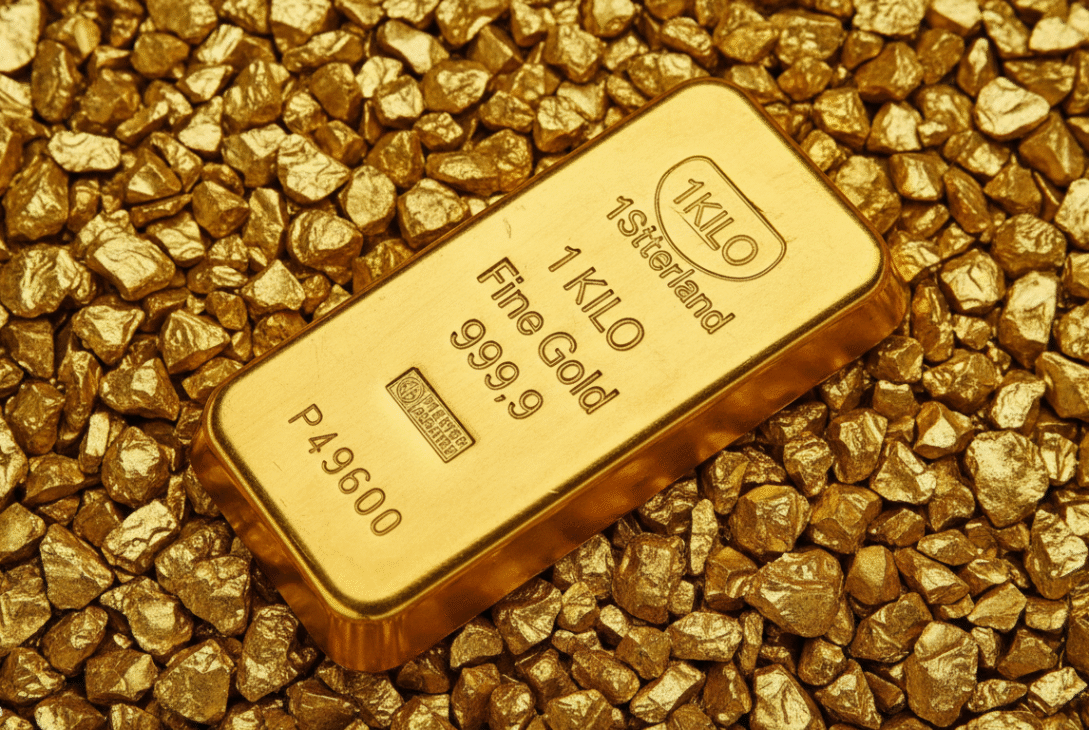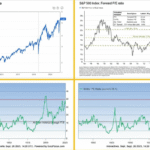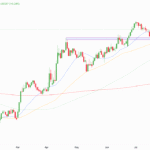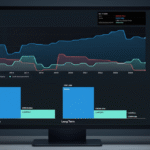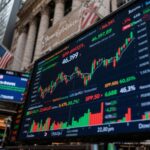Gold markets are experiencing a fascinating paradox as prices continue their relentless climb while physical demand shows troubling signs of weakening, particularly in key Asian markets. With spot gold rising 0.8% to $3,778.62 per ounce on Friday and posting a weekly gain of 2.1%, investors are grappling with mixed signals about the precious metal’s future trajectory.
Fed Policy Fuels Gold’s Momentum
The latest surge came as US inflation data aligned perfectly with market expectations, reinforcing speculation that the Federal Reserve will continue its dovish monetary policy stance. The Personal Consumption Expenditures (PCE) price index, the Fed’s preferred inflation gauge, increased 2.7% year-over-year in August, matching economists’ forecasts precisely.
This data has strengthened market confidence in further rate cuts, with the CME FedWatch Tool now indicating an 88% probability of a rate reduction in October and a 65% chance of another cut in December. US gold futures for December delivery capitalized on this sentiment, settling 1% higher at $3,809 per ounce after touching a record high of $3,791 earlier in the week.
The China Conundrum: High Prices Dampen Demand
However, beneath the surface of rising prices lies a concerning trend that could signal trouble ahead. Despite gold’s stellar performance and significant Exchange-Traded Fund (ETF) inflows, physical demand is showing clear signs of strain, particularly in China—traditionally one of gold’s most reliable consumer markets.
The numbers paint a stark picture: China’s gold imports dropped 34% month-over-month in August, while Hong Kong’s net gold imports plummeted an even more dramatic 39% to just under 27 tons from July. This represents the steepest decline since the early days of the COVID-19 pandemic.
Barbara Lambrecht, commodity analyst at Commerzbank, highlighted this growing disconnect: “While gold prices are still rising and drawing significant ETF inflows, high prices are hurting physical demand.” This observation underscores a critical challenge facing the gold market—the tension between speculative investment demand and practical consumer purchasing power.
Dealers Offering Steep Discounts
The weakening physical demand has forced gold dealers to offer their largest discounts since May 2020, with prices ranging from $21 to $36 below spot prices. This unusual development suggests that despite record-high gold prices, actual transaction volumes are struggling, forcing intermediaries to cut margins to move inventory.
These discounts represent more than just market dynamics—they signal a potential inflection point where the cost of gold has risen beyond the comfort zone of traditional buyers, particularly in price-sensitive Asian markets where gold serves both as an investment and cultural store of value.
The Investment Divide
The current market presents a tale of two gold markets. On one side, institutional and speculative investors continue pouring money into gold ETFs, betting on further gains driven by loose monetary policy and economic uncertainty. These financial products have seen significant inflows as investors seek hedges against potential currency debasement and market volatility.
On the other side, physical gold buyers—from jewelry manufacturers to individual consumers—are increasingly priced out of the market. This divergence raises important questions about the sustainability of current price levels and whether speculative demand alone can support gold’s continued ascent.
Should You Sell Now?
For investors contemplating whether to capitalize on gold’s recent gains, several factors warrant consideration:
Arguments for taking profits:
- Physical demand weakness suggests reduced fundamental support
- Record-high prices may have limited additional upside in the near term
- Dealer discounts indicate difficulty in converting paper gains to physical gold
- Historical precedent shows that extreme divergences between paper and physical markets often correct
Arguments for holding:
- Fed policy remains supportive with high probability of further rate cuts
- Geopolitical tensions and economic uncertainty continue to support safe-haven demand
- ETF inflows demonstrate continued institutional confidence
- Long-term inflationary pressures may support higher gold prices
Looking Ahead
The gold market finds itself at a critical juncture. While monetary policy tailwinds remain favorable and institutional demand stays robust, the erosion of physical demand—particularly from Asia’s largest consumer markets—cannot be ignored indefinitely.
Investors should monitor several key indicators in the coming months: China’s import data, dealer premium trends, and the sustainability of ETF inflows. If physical demand continues to deteriorate while prices remain elevated, it could signal that current levels are unsustainable without continued speculative support.
The question of whether to sell now ultimately depends on individual investment objectives and risk tolerance. However, the emerging divergence between paper and physical gold markets suggests that prudent investors should at least consider taking some profits while remaining alert to changing market dynamics.
As gold continues its historic run, the Chinese demand story serves as a crucial reminder that even the most precious of metals must eventually reconcile speculative enthusiasm with fundamental economic reality.


